Avant-garde artist Hilla von Rebay was part of the STORM movement before she dedicated herself to greater tasks as Founding Director of the Solomon R. Guggenheim Foundation in New York.
A painter taking over management of a museum may not be such an alien concept to art lovers in Frankfurt. Frankfurt-born art historian Johann David Passavant (1787-1861) was initially a painter before he was named Superintendent of the Städel Art Institute in 1840. A similar path was pursued by Hilla von Rebay, who in the course of her life created a notable artistic oeuvre.
She was born Hildegard Anna Augusta Elisabeth Baroness Rebay von Ehrenwiesen on 31 May 1890 in Strasburg. Between 1937 and 1952 she was Founding Director of the Solomon R. Guggenheim Foundation in New York, and played a fundamental role in ensuring the triumph of non-figurative painting in the 20th century.
A radically new approach to teaching
In 1908 Hilla von Rebay enrolled at Cologne’s Academy of Fine Arts, but in 1909 moved to Paris, where she studied painting at the Académie Julian, before heading to Munich in 1910 to study at the reform-oriented Debschitz School. There the classes were divided neither according to gender nor according to the applied vs. the fine arts. This represented a radical new approach to teaching. Von Rebay began exhibiting her efforts in 1912. In 1915 she met fellow Alsatian artist Jean Arp, with whom she began a two-year platonic relationship, and who introduced her to the works of artists like Wassily Kandinsky, Franz Marc, Paul Klee, Marc Chagall and Rudolf Bauer.
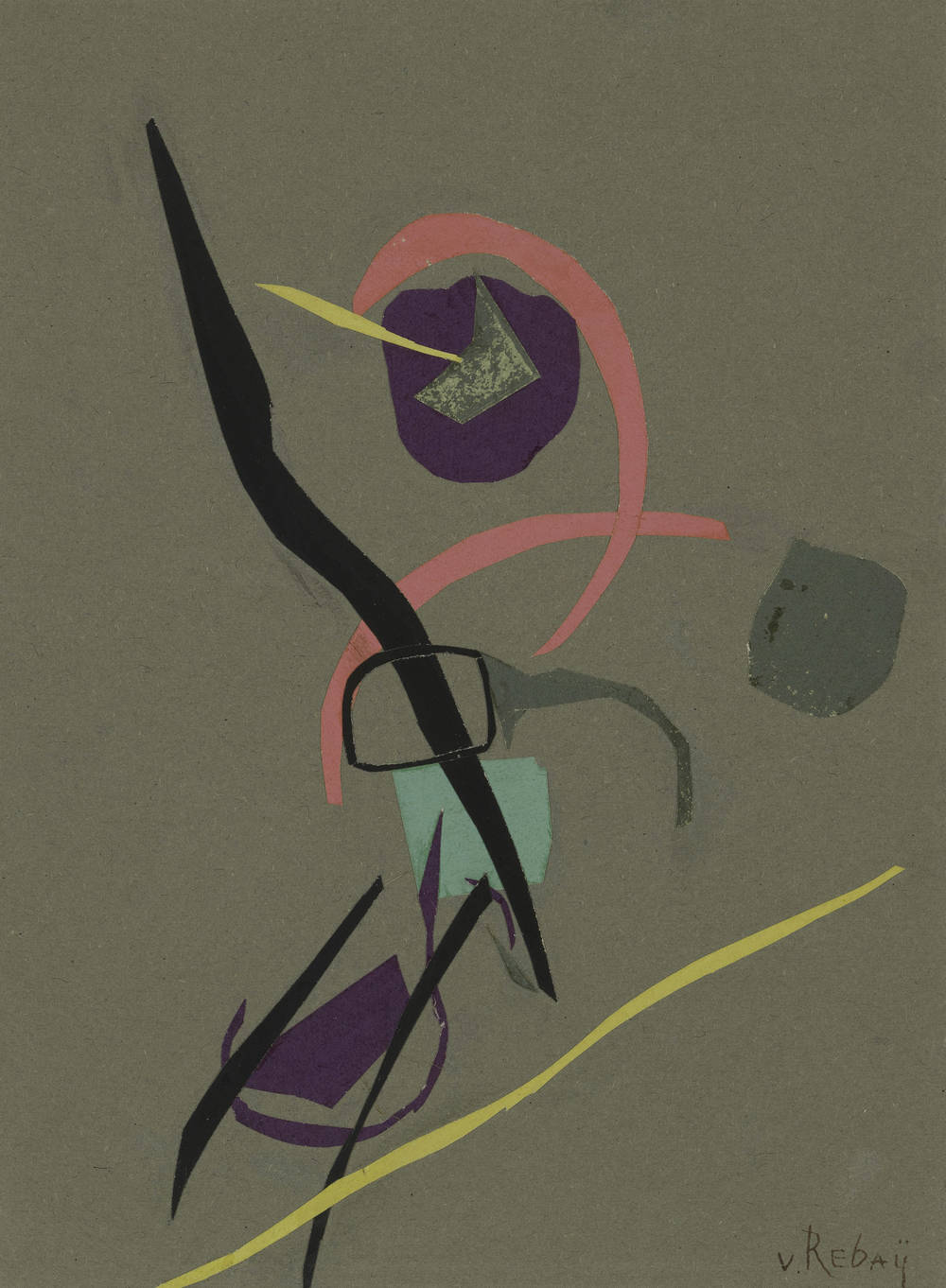
In the winter of 1916/17 Rebay met Berlin-based gallery owner Herwarth Walden. And only a short while later, namely the summer of 1917 saw her taking part in the 53rd STORM exhibition. Alongside a series of sketches, she exhibited the painting “Komposition I” – a concentrate, non-figurative piece entirely her own, which was primarily executed in red and green. “Music to paint to” was one subject she set out explore. The rhythm of the curved forms attests to this, as does the premonition and echo of the individual pictorial elements.
Rebay makes a fresh start in New York
As the only woman among 170 artists, Hilla von Rebay became a member of the November Group in 1919, and in 1923 together with Otto Nebel and Rudolf Bauer founded the artists’ association “Der Krater”.
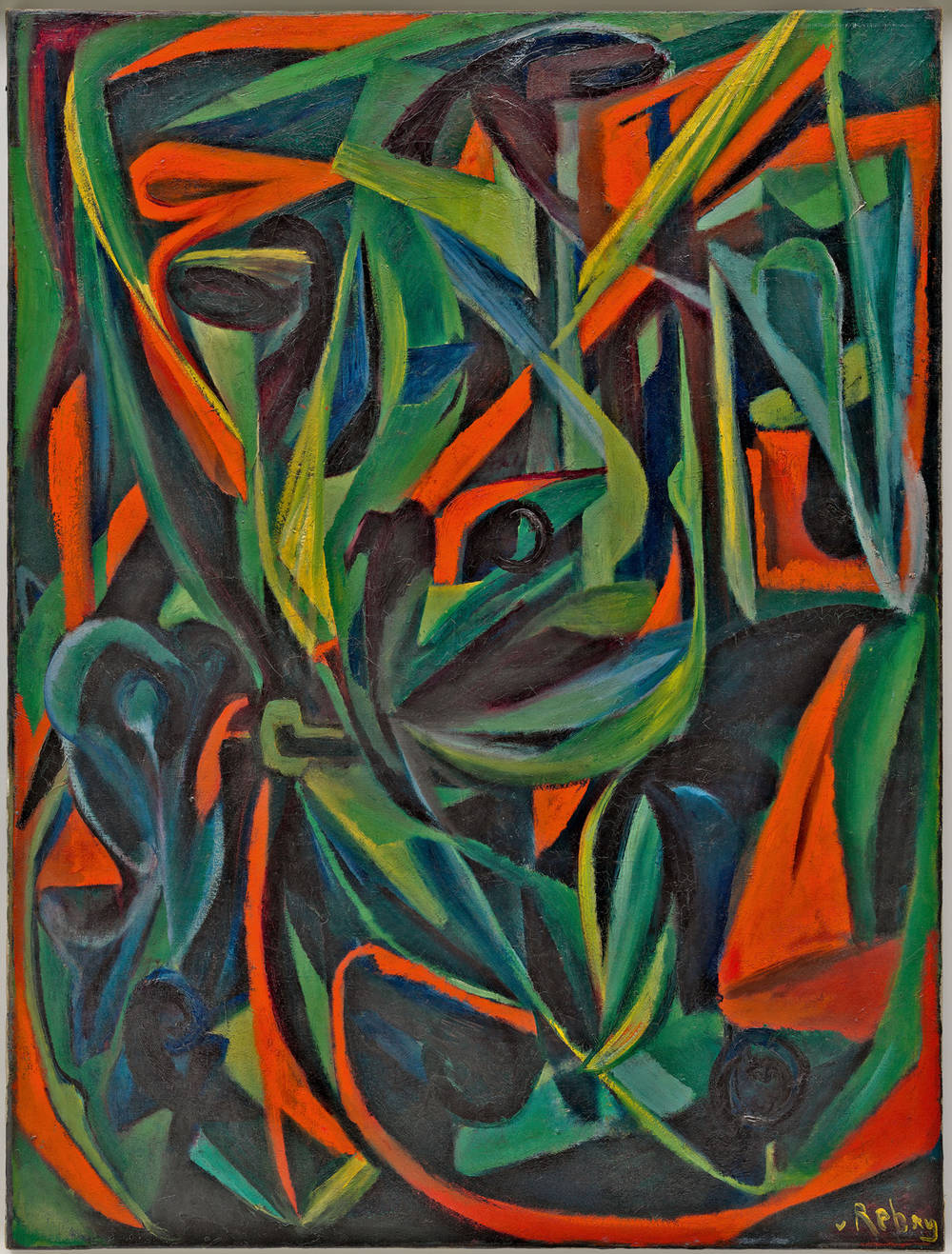
In 1919 Hilla von Rebay exhibited at the DER STURM gallery a second time and began an ill-fated relationship with painter Rudolf Bauer, who worked at the gallery as exhibition secretary. Thus she was forced to bankroll him, particularly after 1921 when he resigned due to financial disagreements with Herwarth Walden, and on top of which to listen to him deriding her art. In 1925 she finally managed to break with Bauer and eventually, two years later, the German avant-garde artist moved to New York to make a fresh start.
Artworks in a solemn setting
Initially she produced collages and worked as a portrait painter. In 1928 she painted Solomon R. Guggenheim and aroused his interest in the European avant-garde. Hilla von Rebay supported Guggenheim as he developed his remarkable collection, and in 1943 she managed to recruit the architect Frank Lloyd Wright – for what was to be his most famous design, the Guggenheim Museum in New York, which opened in 1959.
Hilla von Rebay propagated non-representational art, which developed solely in the artist’s inner world, yet is not abstract, but abstracts from the visible world. Wassily Kandinsky’s ground-breaking 1911 treatise “Concerning the Spiritual in Art” was to have a lasting influence on her. Like Kandinsky, Rebay had a quasi-religious concept of art and as Director of the Museum of Non-Objective Painting, as the Guggenheim Museum was known at the time it was founded in 1939, she presented the artworks in a solemn setting, with the walls clad in heavy fabrics, while classical music by Bach and Chopin sounded from multiple loudspeakers and incense hung in the air.
In 1936 when her Berlin gallery-owner had already emigrated to Moscow, Hilla von Rebay wrote:
Non-figurative paintings are the key to a world of immaterial elevation. Educating humanity to respect and appreciate spiritual worth will unite nations more firmly than any League of Nations.
Art as a tool for international harmony? A charming idea which, given the fear many dictators and tyrants had of the arts, is perhaps not at all as naïve as it initially sounds.
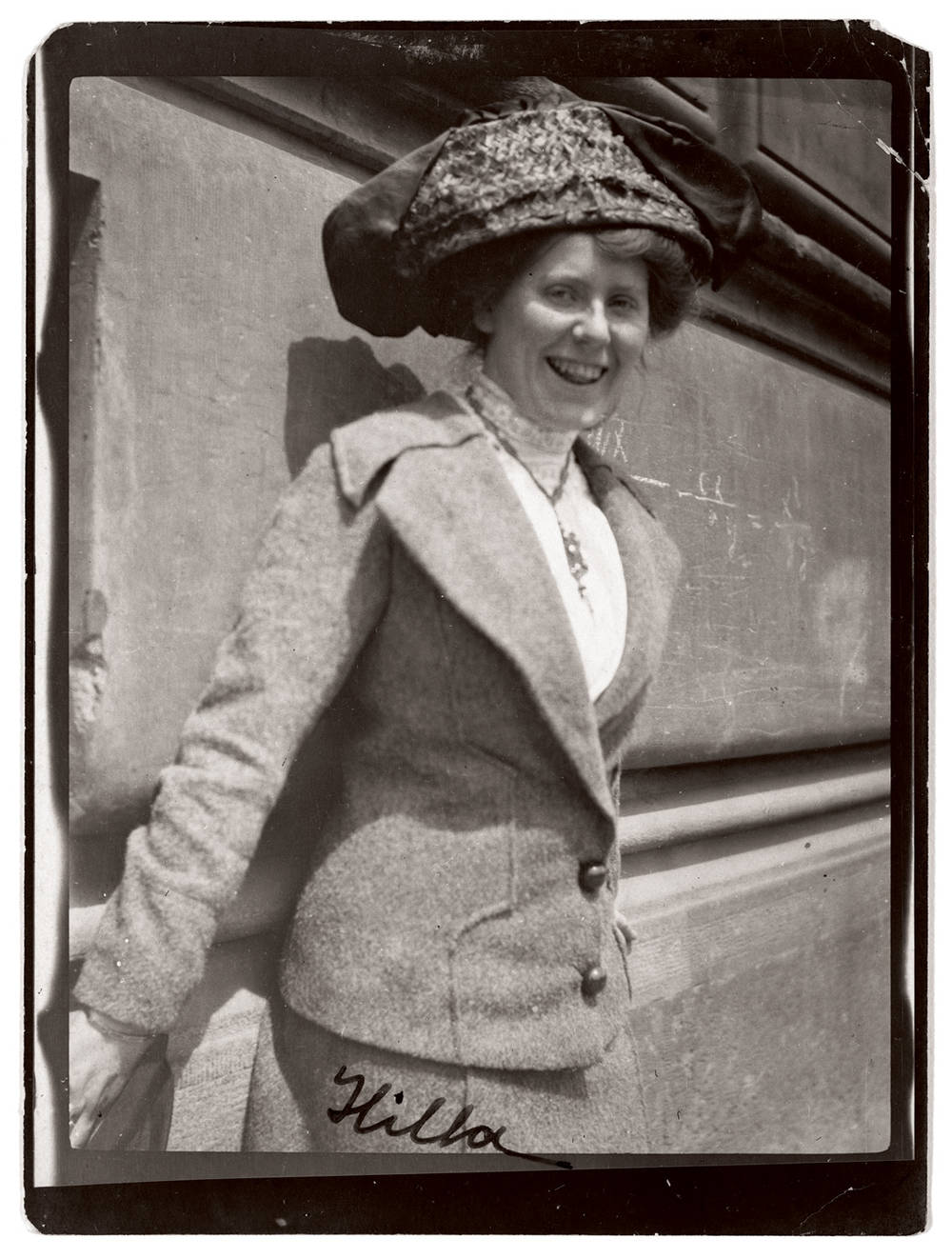
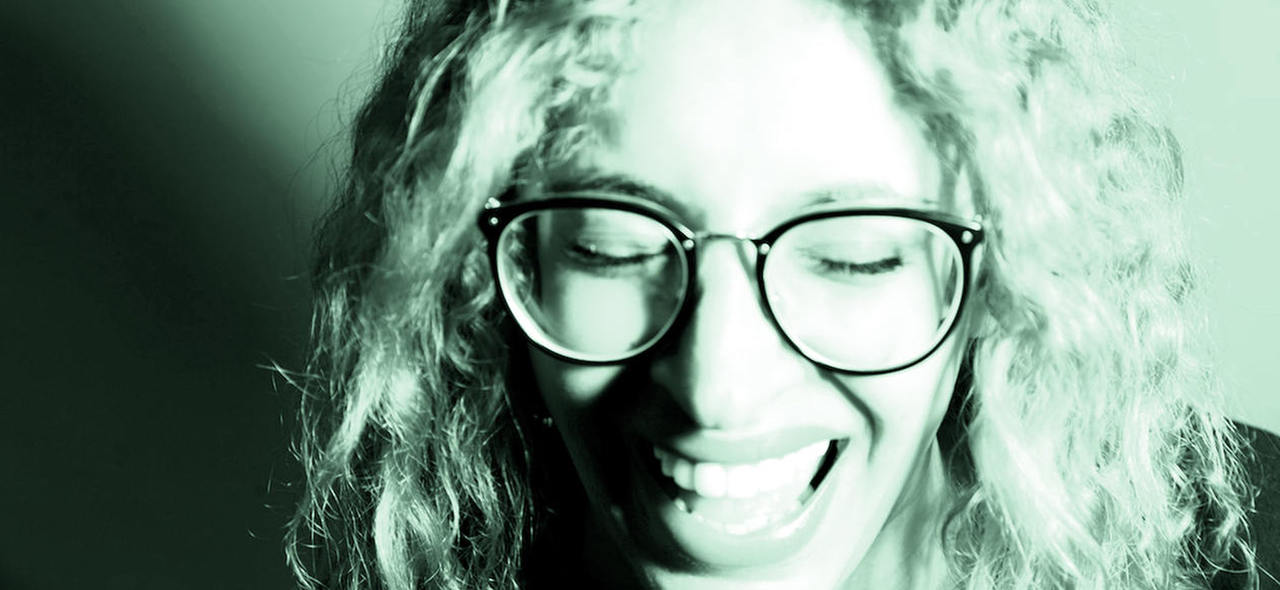
STORM SALON FEAT. MINT CLUB NIGHT: Soumaya Phéline
As part of the exhibition STORM WOMEN SCHIRN is, together with MINT Berlin, hosting the STORM SALON at SCHIRN Café. Guesting December 10: Soumaya...
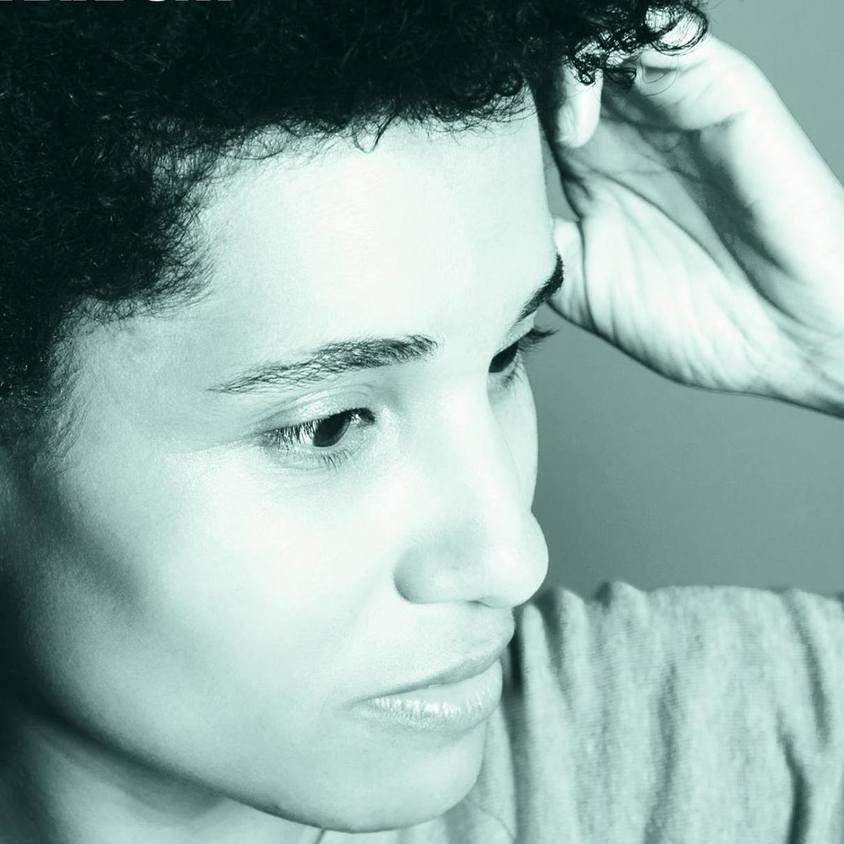
STORM SALON FEAT. MINT CLUB NIGHT: DJ rRoxymore
As part of the exhibition STORM WOMEN SCHIRN is, together with Mint Berlin, a network of women active in electronic music, hosting the STORM SALON at...
 Guggenheim Museum, New York
Guggenheim Museum, New York